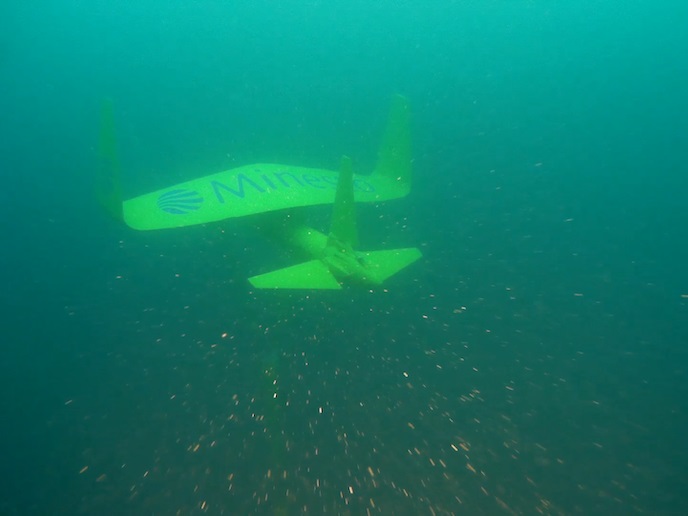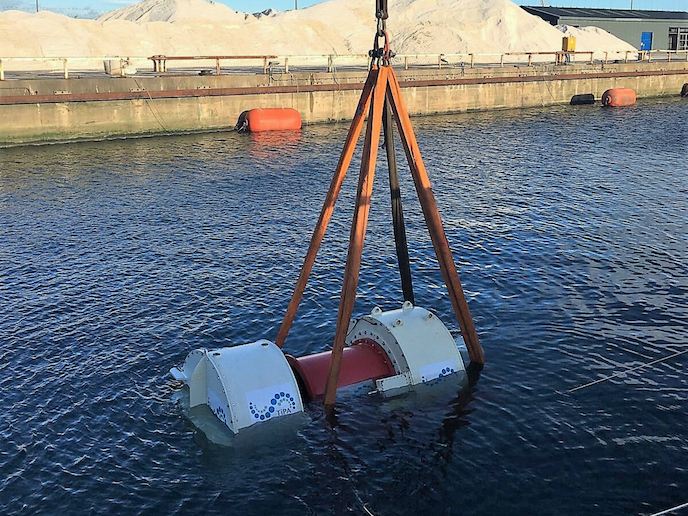Kite-sailing the slow seas produces electricity
Approximately 71 % of the earth is covered in water, and the majority of that is in the world’s oceans(opens in new window). Unlike wind and sunshine, the water’s movement in currents and tides is reliable and predictable, continuously generating energy. Until now, there were no efficient systems for converting the energy in low-velocity currents into electricity. An EU-funded consortium working on the PowerKite project(opens in new window) has successfully developed and verified critical components that are making that technology a reality. An idea takes flight Project partner Minesto(opens in new window) developed a patented and award-winning concept, Deep Green, similar to the idea of a kite flying in the wind. The winged Deep Green ocean energy power plant essentially ‘flies’ through the water, increasing the relative water speed the turbine exploits. This engineering feat generates several hundred times more energy than would be possible if the turbine were stationary, making cost-efficient energy generation possible in low-velocity ocean and tidal currents. The consortium focused on optimising the power take-off (PTO) system for Deep Green tidal energy technology. The PTO is the workhorse that converts the tidal energy into electricity. Its power output depends on the turbine design, the electrical power system design, and on the tether system as well. The last attaches the power plant to the seabed foundation and transmits electricity to the grid via an electrical array subsystem. PowerKite relied on advanced component and systems simulations of the kite, turbine, and tether to develop the technology. According to project coordinator Per Salomonsson, “During tether prototypes development and testing, unexpected tether behaviour was observed which resulted in the requirement for a full tether redesign; fortunately, our consortium was well equipped to address the challenge… the new tether design solved problems around flight trajectory control which improves the quality of the power produced.” In addition, a new turbine design increased the power output significantly. Environmental impact studies were another key area of innovation. Further, the team utilised noise measurements and acoustic modelling to improve understanding of the technology in the marine environment. In particular, the listening space reduction method developed within the context of PowerKite can model the cumulative noise field from an array of turbine devices and can be applied to any marine renewable energy device. It is a significant contribution to the field of marine renewable energy. Open-sea data collection and verification The Powerkite project successfully verified technology at quarter-scale in Portaferry, Northern Ireland and then at the first commercial-scale low-velocity tidal energy project in the world, the Deep Green installation in Holyhead Deep, Wales(opens in new window). The pioneering PowerKite tether was installed there in May 2018. As Salomonsson explains, “Improvements from the PowerKite project (turbine, converter, tether, etc.) will not only lead to improved performance and lower levelised cost of energy (LCoE), but it will also allow the power plants to operate in even lower flow conditions, expanding the potential even more.” Global ocean energy potential is large and installed capacity is growing. Expect PowerKite technology to play a key role in future marine renewable energy systems, significantly decreasing global CO2 emissions with safe, reliable, and locally produced tidal energy free of geopolitical constraints.







